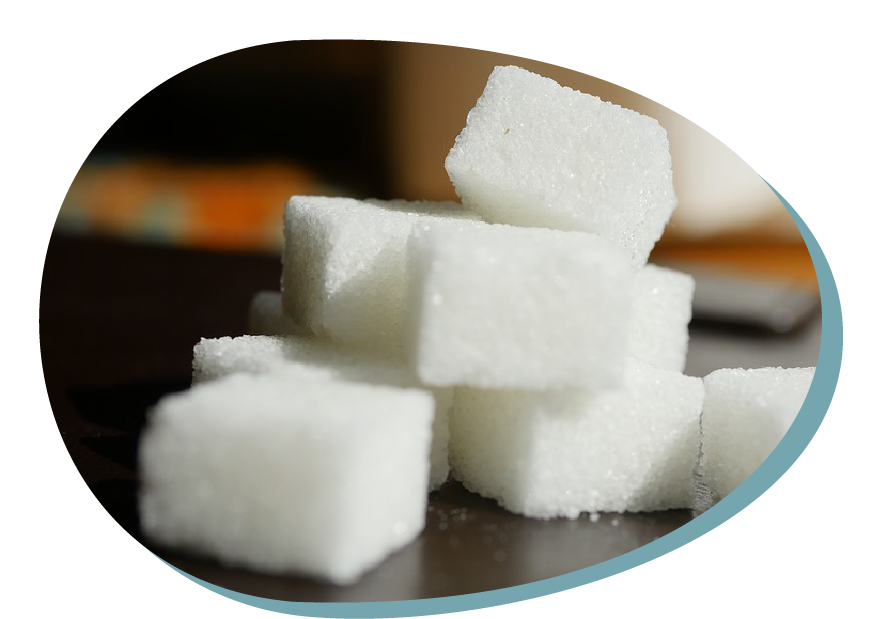Greedy osmosis
Type of resource: Website
Web address
https://treccani.it/enciclopedia/osmosi_(Enciclopedia-dei-ragazzi)/
Language: Italian, English
Description
Experiment – investigating the process of osmosis and its usability in kitchen. Introducing the concepts of: solution, Soluble, Solvent, change in state of matter.
Scientific concept introduced
Osmosis, Solution, Concentration, Soluble, Solvent, change in state of matter, Glucides, Lipids, Protein, Ingestion, Calories; Collaboration, Flipped Classroom, Lab, Experiment, Chemistry.
Creative and critical thinking
Creativity, Critical thinking – comparing, flexibility
Mathematical reasoning
measuring
Scientific thinking
asking questions, describing the experiment, drawing conclusions, abstracting, identifying the proper amounts of ingredients
Learning how to learn
taking decision, independence in learning, metacognition
Additional
A/ Communicative competence, using scientific language (scientific vocabuary), digital competences
B/ Teamwork – personal and social kills, the ability to take common decisions, cooperatie learning
Greedy osmosis
Overall aims
Creating a learning opportunity to gain theoretical and practical knowledge about osmosis
Developing personal, social and relational autonomy
Increasing self-esteem and self-efficacy in preschool setting
Promoting and strengthening the ability to transfer acquired cognitive skills in the context of everyday activities
Taking pleasure in tasting the obtained product
Transversal goals:
Understanding the change in the state of matter
Knowing how to distinguish between solution, solution concentration, solute and solvent.
Distinguishing and learning about the main properties of carbohydrates, lipids and proteins.
Acquiring the ability to express oneself with the help of rich lexicon and complex language.
Creating opportunities for active participation in conversations, with personal input.
Vocabulary – keywords should be understood
Osmosis, Solution, Concentration, Soluble, Solvent, change in state of matter, Glucides, Lipids, Protein, Ingestion, Calories; Collaboration, Flipped Classroom, Lab, Experiment, Chemistry
Expected learning outcomes (operational aims)
The child will be able to:
– Explain the phenomenon of osmosis
– Observe and indicate the phenomenon of osmosis in other situations, e.g. candied fruit
STEM skills – to which the learning unit is related to
CORE STEM SKILLS
Creativity
Critical thinking
Scientific thinking: asking questions, describing the experiment, drawing conclusions, abstracting, identifying the proper amounts of ingredients
Learning how to learn: taking decision, independence in learning
ADDITIONAL SKILLS
Flexibility, solving problems, communicative competence, using scientific vocabulary, digital skills, social and personal skills
Teaching methodologies/activity outline
Flipped Classroom Stages
1. Starting a challenge: Brainstorming
Problem situation. By asking the children questions, the teacher stimulates their thinking.
What happens to sugar dissolved in water?
What is a substance dissolved in water or another liquid (solution) called?
What happens when two solutions (one more concentrated, one less) come into contact?
2. Activation (in class)
Ask the children to watch the following videos
https://www.youtube.com/watch?v=KmQyVWtxeqM
https://www.youtube.com/watch?v=GxztO8MM9F4
Explanation:
Osmosis is the result of the movement of molecules, as is the pressure of gases.
Molecules of a dissolved substance in a liquid behave like gas molecules; sugar dissolved in water spreads through all the available liquid, like gas in a room, and hitting the walls of the container exerts a special pressure, called osmotic pressure.
3. Processing (in-house)
Ask your children to do this experience at home and take the Weschool test
4. Experimental activity in the laboratory
In the laboratory, ask the children to repeat the experiment using different types of sugar, fruit, food colorings.
5. Conclusion
Reflections:
– What happens to sugar dissolved in water?
– What is the name of a dissolved substance in water or other liquid (solution)?
– What happens when two different substances (one more condensed and the other less condensed) come into contact?
Assessment of learning
Purpose of the assessment:
• Ability to work in a team;
• Proactive participation in educational dialogue;
• Treating others with respect;
• Respecting study time for the sake of others;
• Building relevant and meaningful knowledge;
• Explaining critical judgments, distinguishing causes from effects;
Assessment criteria:
• Observation sheet;
Assessment steps:
• Continuous
• During workshops
• Quiz on the platform (entrance test);
• Return to class with presentation and video activities (test in itinere);
• Preparation of candied fruit (final test);
Equipment and materials to be used in learning unit (tools, ingredients etc)
Water, various types of fruit, sugar, food pigments; measuring cups, cutlery, thermometer, kitchen utensils, pots, scales, ladles.
Kind of setting
chemical and kitchen laboratory (stove equipped with burners)
References – source
https://treccani.it/enciclopedia/osmosi_(Enciclopedia-dei-ragazzi)/
IT version: http://kitchenlab4kids.eu/?p=2695
Greedy osmosis
1. Usefulness for STEM education – integrating content of different disciplines
Cross-curricular character of the resource

The range of S-T-E-M subjects included

The presentation of possibilities of including artistic activities (STEAM approach)

2. Expected learning outcomes
Consistency (links) with preschool core curriculum

Communicativeness of description

3. Methodology of teaching
Clarity, communicativeness of instructions for teachers

Meaningful learning – using practical life problems

Original idea

The level of ease in implementing the methodology to preschool age children

The level of ease in preparing necessary ingredients, materials and equipment needed

4. Sustainability
Ecological characteristics of materials/ results

Supporting healthy eating habits

Low ecological footprint

Possibilities of inclusion (respecting cultural diversity and food intolerances)

5. Class management
Using differentiated forms of work – individual, team work etc.

Individual work

Team work

Whole group
6. Time management

Short activity (10-15 minutes)

Medium activity (20-30 minutes)

Long activity (1 hour or more)

Very long activity (1 day or more)
PDF: https://www.printfriendly.com/p/g/6PAqnX

